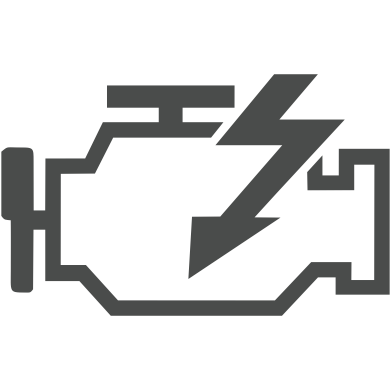bergie88 wrote:hemichromis wrote:I have heard of this technology before. It was expected to improve fuel consumption by 'up to 50%' in road cars.
I'd be surprised if Ferrari took the risk of a very new way of doing it - and the potential reliability problems - when they are so close to Mercedes in terms of power
I think you are talking about HCCI, a very promising technology combining the advantages of gasoline and diesel engines.
According to the article, when running these pressures, ignition occurs prior to the spark which is indeed a situation similar to HCCI. The H in HCCI stands for homogeneous ie well-mixed charge with constant AFR throughout. We can be sure that this is not the case in the current F1 engine which almost certainly has a stratified charge - lean at the boundaries. It is possible however, that the richer parcel of mix in the centre of the chamber is igniting simultaneously at many sites - same as HCCI.
There is no consistent relationship between Peak Cylinder Pressure (PCP) and BMEP or efficiency. In the Ferrari case, the increase in PCP is gained mostly by faster combustion. If you look at the diagram below you can see that the
area inside the red loop is hardly any larger than the blue loop. BMEP, torque and power are essentially proportional to this area so it is obvious that PCP can be increased significantly with little effect on power.

A word on detonation. Detonation is much more than just very rapid combustion. Normal combustion sees a flame front (roughly spherical) starting at the spark plug and moving outwards. The propagation of this flame front relies on heating the unburned molecules just ahead of the flame to their "ignition temperature". This is similar to what happens when a trail of fuel poured onto the ground is lit at one end. In the hot, turbulent combustion chamber, a normal flame front travels quite fast but it needs to, to get the charge burned and the cylinder pressure up, before the piston travels too far down the bore.
During knocking combustion or "detonation", the unburned charge ahead of the flame front, is so hot and compressed that a small pressure shock is sufficient to ignite it. Under these conditions the flame will travel as fast as the pressure wave from preceding combustion can move across the chamber. The flame front is now travelling at the speed of sound and the pressure wave travelling with it is amplified by the combustion occurring within it. If a large fraction of the charge is burned at this speed, the pressure wave will be very steep and tall by the time it gets to the chamber wall. When it hits, it has the force (and sound) of a hammer blow, creating the distinctive "rattle" or "ping".




